 Home Builder sentiment rose one point in July according to the National Association of Home Builders Housing Market Index. 2019 builder confidence in housing market condition continued to fall short of 2018 levels. July’s Housing Market Index reading of 65 was one point higher than June’s reading.
Home Builder sentiment rose one point in July according to the National Association of Home Builders Housing Market Index. 2019 builder confidence in housing market condition continued to fall short of 2018 levels. July’s Housing Market Index reading of 65 was one point higher than June’s reading.
Component readings also rose one point each. Builder confidence in current housing market conditions rose to 72; the reading for builder confidence in market conditions for the next six months rose to 71. Builder confidence in buyer traffic in new housing developments rose to an index reading of 48; buyer traffic readings seldom exceed the neutral reading of reading of 50.
2019 Builder Confidence Is Lagging Behind 2018 Readings
Year to date, builder confidence index readings averaged 63 as compared to a reading of 67 in 2018 and 68 in 2017. Ongoing headwinds affecting builders were familiar concerns over materials prices and shortages of buildable lots and labor. Analysts said that builders remain leery of building to many homes after having large inventories of unsold homes after the Great Recession.
Builders also noted that increasing regulation and local building codes are impacting some areas. Builders are under pressure to produce affordable homes, but are log-jammed by “not in my backyard” zoning restrictions when they apply to build mixed developments of single and multi-family homes.
There may be good news on the horizon. Oregon passed state legislation banning exclusively single-family zoning. Depending on population, local jurisdictions will be allowed to build duplexes and larger multi-family units. If other states and communities follow Oregon’s lead, builders may find new options for building multiple units on lots formerly zoned for single family homes. Building affordable homes would help to ease housing shortages and ease demand for homes.
If you are in the market for a new home or interested in listing your current property, be sure to contact your trusted home mortgage and real estate professionals.
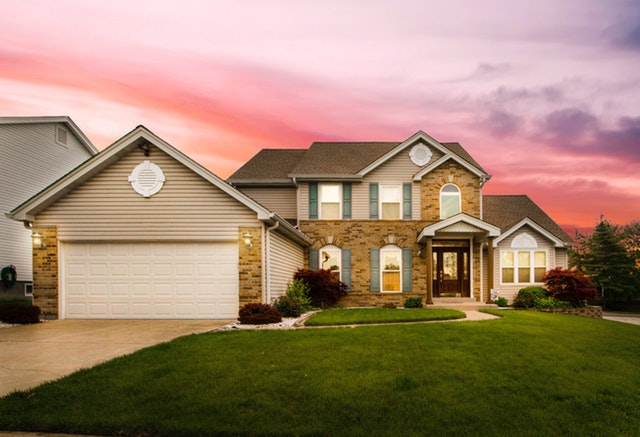 Case-Shiller’s 20-City Home Price Index for April showed further declines in home price growth with 2.50 percent year-over-year home price growth as compared to March home price growth of 2.60 percent. New York City home prices held steady month-to-month and Seattle, Washington’s home prices were unchanged year-over-year after posting 13 percent home price growth in 2018.
Case-Shiller’s 20-City Home Price Index for April showed further declines in home price growth with 2.50 percent year-over-year home price growth as compared to March home price growth of 2.60 percent. New York City home prices held steady month-to-month and Seattle, Washington’s home prices were unchanged year-over-year after posting 13 percent home price growth in 2018. Federal Reserve policymakers held the federal funds rate at its current range of 2.25 to 2.50 percent. Analysts speculated that the Fed may lower its key rate based on signs of slowing economic growth and the President’s encouragement to lower the Fed rate.
Federal Reserve policymakers held the federal funds rate at its current range of 2.25 to 2.50 percent. Analysts speculated that the Fed may lower its key rate based on signs of slowing economic growth and the President’s encouragement to lower the Fed rate.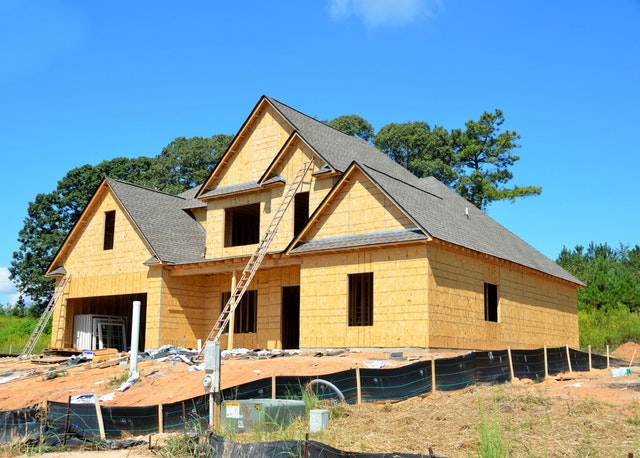 Homebuilder confidence dropped two points in June according to the National Association of Home Builders Housing Market Index. June’s index reading was 64, which indicates strong sentiment among home builders for current housing market conditions.
Homebuilder confidence dropped two points in June according to the National Association of Home Builders Housing Market Index. June’s index reading was 64, which indicates strong sentiment among home builders for current housing market conditions.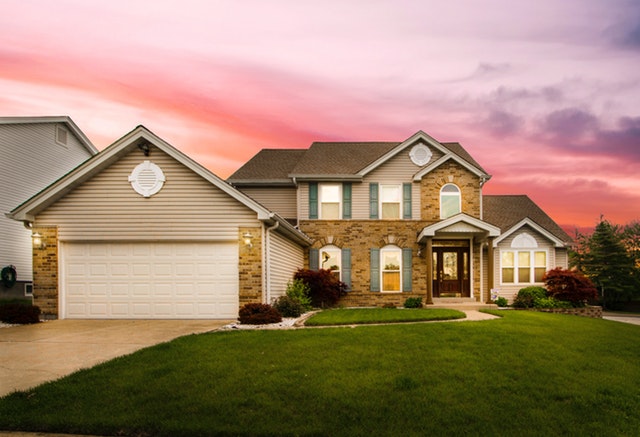 Case-Shiller Indices reported slower home price growth in March with a 3.70 percent gain year-over-year as compared to 3.90 percent home price growth for the year-over-year period in 2018. This was the slowest pace of home price growth in seven years.
Case-Shiller Indices reported slower home price growth in March with a 3.70 percent gain year-over-year as compared to 3.90 percent home price growth for the year-over-year period in 2018. This was the slowest pace of home price growth in seven years. The National Association of Home Builders reported the highest builder confidence reading in seven months for May. May’s reading exceeded expectations for an index reading of 64 and rose three points to 67.
The National Association of Home Builders reported the highest builder confidence reading in seven months for May. May’s reading exceeded expectations for an index reading of 64 and rose three points to 67. The meeting of the Federal Reserve’s Federal Open Market Committee ended Wednesday with the Committee’s customary post-meeting statement recapping monetary policy matters considered by the Committee. Members voted not to change the current target rate range of the federal funds rate. The current rate range of 2.25 percent to 2.50 percent.
The meeting of the Federal Reserve’s Federal Open Market Committee ended Wednesday with the Committee’s customary post-meeting statement recapping monetary policy matters considered by the Committee. Members voted not to change the current target rate range of the federal funds rate. The current rate range of 2.25 percent to 2.50 percent.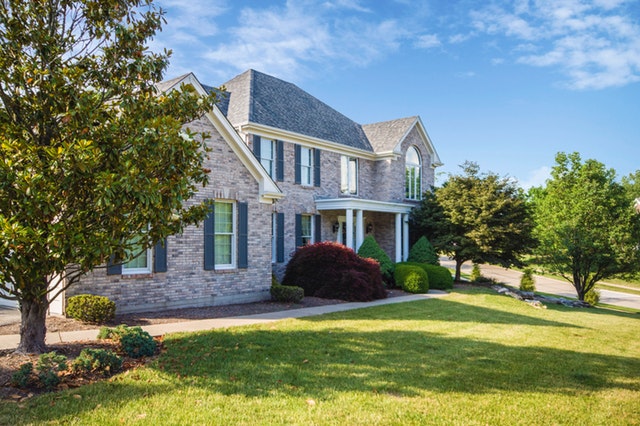 Home builder confidence increased in April to an index reading of 63, which was one point higher than for March and the highest reading in six months. Analysts said that April’s reading revealed more about housing market conditions in the past six months than it was an indicator of future market conditions.
Home builder confidence increased in April to an index reading of 63, which was one point higher than for March and the highest reading in six months. Analysts said that April’s reading revealed more about housing market conditions in the past six months than it was an indicator of future market conditions.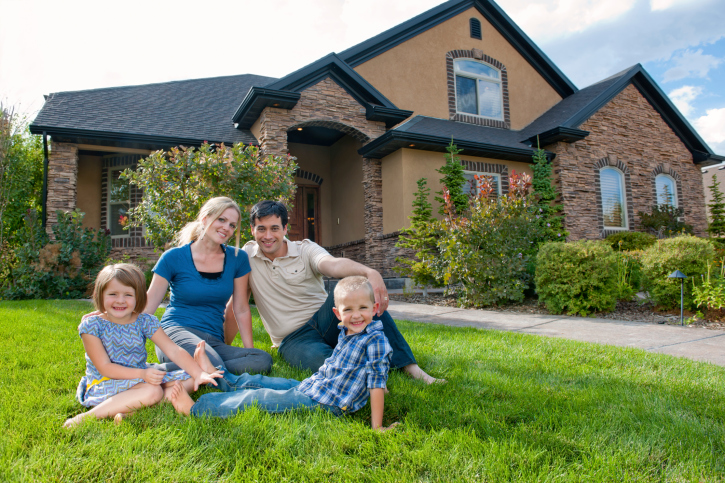 Although the majority of the Generation Z population make $25,000 or less per year, they really have embraced the American Dream of home ownership. According to a recent survey by Zillow, 97 percent of Gen Z renters asked were confident they will be homeowners in the future, whereas only 55 percent of Millennials were
Although the majority of the Generation Z population make $25,000 or less per year, they really have embraced the American Dream of home ownership. According to a recent survey by Zillow, 97 percent of Gen Z renters asked were confident they will be homeowners in the future, whereas only 55 percent of Millennials were Last week’s economic releases included minutes from the most recent FOMC meeting, a report on January sales of pre-owned homes and weekly readings on mortgage rates and new jobless claims.
Last week’s economic releases included minutes from the most recent FOMC meeting, a report on January sales of pre-owned homes and weekly readings on mortgage rates and new jobless claims.